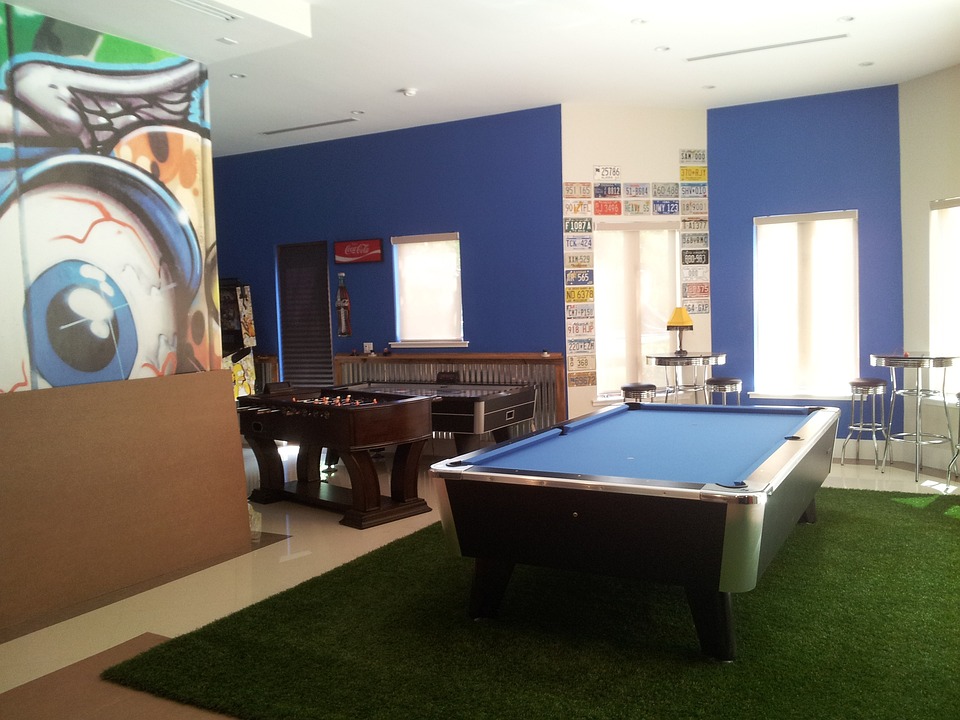Designing Engaging Combat Mechanics for Your Game
In the world of video games, combat mechanics are a crucial aspect of gameplay that can make or break the player experience. A well-designed combat system can keep players engaged, excited, and coming back for more. On the other hand, a poorly designed combat system can lead to frustration and boredom, ultimately driving players away.
As a game developer, it’s important to put time and effort into crafting engaging combat mechanics that will hook players and keep them invested in your game. In this article, we’ll explore some tips and tricks for designing combat mechanics that are both challenging and entertaining for your players.
Understanding the Basics of Combat Mechanics
Before you can begin designing engaging combat mechanics for your game, it’s important to understand the basics of what makes a combat system effective. At its core, a combat system should be intuitive, responsive, and balanced. Players should feel in control of their character and actions, and combat should provide a sense of challenge and accomplishment.
One key element of combat mechanics is player agency. Players should feel like they have control over the outcome of battles through their choices and actions. This can be achieved through a variety of gameplay elements, such as skill-based combat, strategic decision-making, and dynamic AI behavior.
Another important aspect of combat mechanics is balance. Balancing your combat system involves ensuring that each player has a fair chance of success in battles. This can be achieved through various means, such as adjusting damage values, hitboxes, and enemy behavior.
Designing Combat Mechanics for Your Game
When designing combat mechanics for your game, there are several factors to consider that can help make your system engaging and enjoyable for players. Here are some tips for creating compelling combat mechanics:
1. Variety: One key aspect of engaging combat mechanics is variety. Players should have a range of combat options at their disposal, such as different attacks, abilities, and strategies. This variety will keep combat interesting and prevent it from becoming repetitive.
2. Skill-based Gameplay: Skill-based combat is a great way to keep players engaged and invested in your game. By requiring players to actively participate in combat through precise timing, positioning, and strategy, you can ensure that battles remain challenging and rewarding.
3. Progression: Another important element of engaging combat mechanics is progression. As players progress through your game, they should unlock new abilities, upgrades, and equipment that enhance their combat abilities and keep gameplay fresh.
4. Dynamic AI: Creating dynamic and intelligent AI opponents can also enhance the combat experience for players. By designing enemies that adapt to player behavior, you can increase the challenge and excitement of battles.
5. Feedback: Providing clear and immediate feedback during combat is crucial for engaging players. Visual and auditory cues that indicate the outcome of attacks, enemy movements, and player actions can help keep players immersed in the combat experience.
6. Playtesting: Finally, playtesting your combat mechanics with real players is essential for refining and improving your system. Use player feedback to identify areas for improvement and make adjustments to create a more engaging combat experience.
Conclusion
Designing engaging combat mechanics for your game is a challenging but rewarding process. By understanding the basics of combat mechanics, incorporating variety and progression, and creating dynamic AI opponents, you can craft a combat system that keeps players coming back for more.
Remember to playtest your combat mechanics with real players and use their feedback to refine and improve your system. With time and effort, you can create a combat system that is both challenging and entertaining for your players, ensuring that they have a fun and exciting gameplay experience.
